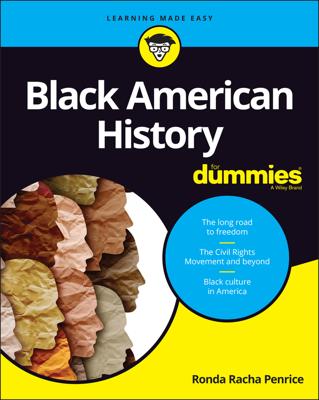Under the direction of James Farmer, the Congress of Racial Equality (CORE), an interracial civil rights organization, implemented the influential Freedom Rides of 1961. Organized to test the enforcement of Boynton v. Virginia (1960), which desegregated all interstate transportation facilities, including bus terminals, 13 Freedom Riders —7 black (including Farmer) and 6 white —boarded a Greyhound bus in Washington, D.C., on May 4, 1961, with New Orleans as their ultimate destination.
The riders traveled through Virginia and North Carolina with no incident, but John Lewis and another rider were attacked in Rock Hill, South Carolina, for trying to enter a “whites only” waiting room. Upon entering Alabama, the group split in two. According to Birmingham Public Safety Commissioner “Bull” Connor, who would become a poster child for segregation, no officers were available to escort or protect the riders because it was Mother’s Day.
When a mob of about 200 white people brandishing guns surrounded one of the buses (disabled by blown tires), someone threw a bomb through a broken bus window. As the riders left the bus, the mob set upon them. The second group fared little better. Pictures of the burning Greyhound bus and the severely injure076455697d passengers landed on the front pages of national and international newspapers.
President Kennedy demanded that the Freedom Rides end, but Farmer and CORE couldn’t stop the determined students. Even after Alabama officials escorted the riders to Tennessee, John Lewis and Diane Nash found a way back to Birmingham, rallying new riders to continue the journey. Aware of the danger, some riders even drafted wills.
When Greyhound bus drivers refused to drive them, Robert F. Kennedy called a Greyhound superintendent in Birmingham and demanded a bus, noting that the law entitled the riders to transportation.
When the riders reached Montgomery, Alabama, the police escort accompanying them from Birmingham disappeared. As they stepped off the bus, a group of angry whites attacked them and nearby reporters. Even though a police station was nearby, no local law enforcement appeared at the scene. Eventually federal marshals saved the day. When the riders landed in Jackson, Mississippi, authorities immediately arrested them for attempting to use “whites only” facilities. Yet the riders continued on.
Over the next four months, several hundred more volunteers descended on Mississippi despite the risks. Finally, bowing to pressure from Robert Kennedy, the Interstate Commerce Commission tightened regulations against segregated bus and train terminals, and the Freedom Rides ended.

